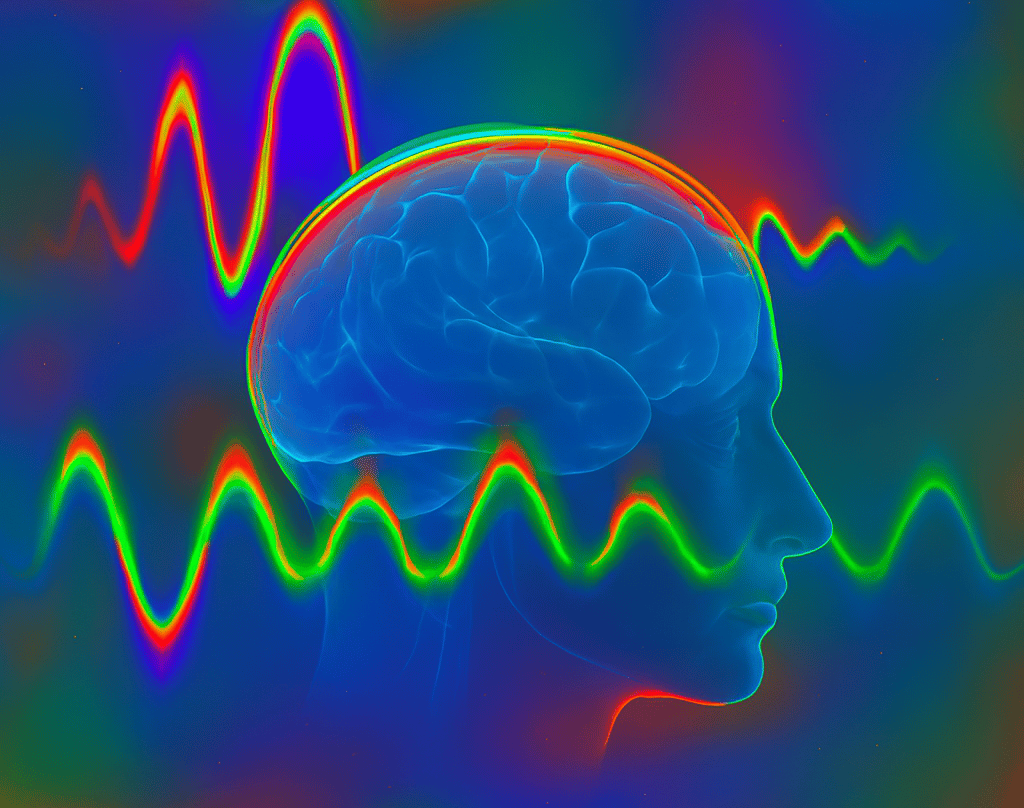How do Alpha and Beta Brainwaves Affect Me?
They are like two different "channels" your brain can tune into
8/9/20252 min read


Your mind runs on rhythms, and alpha and beta brainwaves are the gears that shape your thoughts, emotions, and focus. Alpha waves bring calm clarity, opening the door to creativity, intuition, and inner peace, while beta waves fuel alert thinking, problem-solving, and action. Mastery comes from learning to shift between them at will — quieting the mind when it races, igniting focus when it drifts — so you’re no longer a passenger in your own head, but the conscious driver of your mental state, steering toward the life you choose to create.
Here’s the breakdown:
1. What Brainwaves Are
Your brain cells (neurons) communicate using tiny electrical impulses. When large groups of them fire rhythmically together, they create brainwaves — patterns we can measure in hertz (Hz). Different brainwave ranges correspond to different states of consciousness.
2. Alpha Brainwaves (≈ 8–12 Hz)
State: Relaxed, calm, focused, and receptive.
Typical situations: Daydreaming, meditating, creative flow, the moment right before you fall asleep or wake up.
Why they matter:
Alpha waves help quiet mental chatter and open access to your subconscious.
They’re linked to creativity, emotional stability, and enhanced learning.
You can enter an alpha state intentionally through breathing exercises, meditation, and visualization.
Think of alpha as “mental cruise control” — relaxed but alert.
3. Beta Brainwaves (≈ 13–30 Hz)
State: Active thinking, problem-solving, planning, alertness.
Typical situations: Working, studying, socializing, analyzing, making decisions.
Why they matter:
Beta waves keep you sharp, but too much beta activity (especially high beta) can lead to anxiety, overthinking, and mental fatigue.
Balanced beta is essential for focus and logic, but excessive beta can pull you away from calm clarity.
Think of beta as “mental acceleration” — high energy, but easy to over-rev.
4. Controlling Your Mind Through Alpha–Beta Balance
Your mental control comes from shifting between these states consciously, rather than being stuck in one.
When you need focus: You can increase beta (e.g., by moving, speaking out loud, solving puzzles, using energizing music).
When you need calm: You can increase alpha (e.g., through deep breathing, meditation, guided imagery, nature exposure).
The skill is noticing your current brainwave state and adjusting it deliberately — like switching gears in a car.
5. Why This Matters for Mind Mastery
Too much beta: Overthinking, stress, insomnia.
Too much alpha: Spaciness, lack of drive.
Balanced switching: Lets you stay productive and peaceful, creative and grounded.
With practice (meditation, neurofeedback, mindfulness), you can learn to “dial” your brainwaves where you want them — which is essentially learning to control your mind.
Alpha and beta brainwaves are like two different "channels" your brain can tune into — and learning to control them is one of the keys to mastering your mental state.

Contact Us
Don’t just seek peace—master it!
Step into a new level of self-awareness and mental mastery.
Enroll now and begin
your path to lasting transformation.
Contact us for more information
